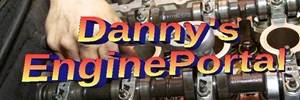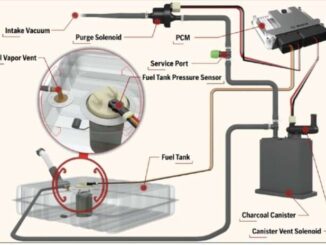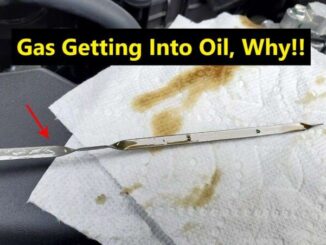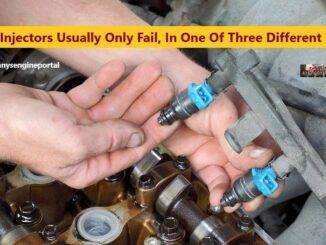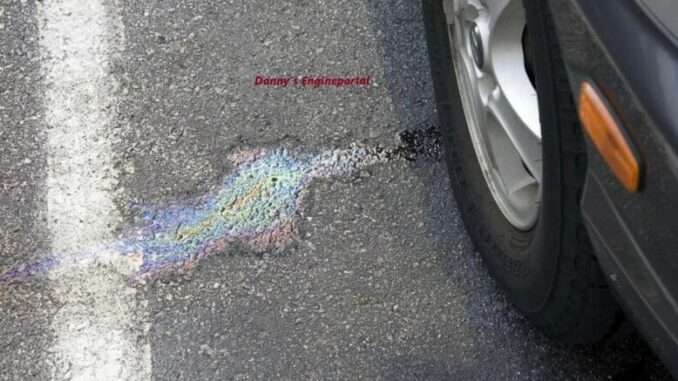
Above all, you should never have, a fuel smell in your vehicle. So, if you smell fuel, this could be a sign of a fuel leak.
A fuel leak can be dangerous, because it is flammable and it creates, a slick surface for other drivers.
Furthermore, a fuel leak can cause an explosion or fire. As a result, of the vapors coming into contact with a heat source.
So, this heat source can be something simple, as a small spark or a hot surface. If this happens, the fuel may ignite, putting the passengers of the vehicle in danger.
Furthermore, a Fuel Leak could be slow and gradual or instantaneous. And, can leak externally or internally, allowing fuel to get into the oil.
You could smell fuel from many sources, but here are the most common ones:
- Injector leak
- Fuel tank leak
- Fuel line leak
- Faulty Charcoal Canister
- Loose or Missing Fuel Cap
So, it really doesn’t matter what is causing the fuel smell in your car.
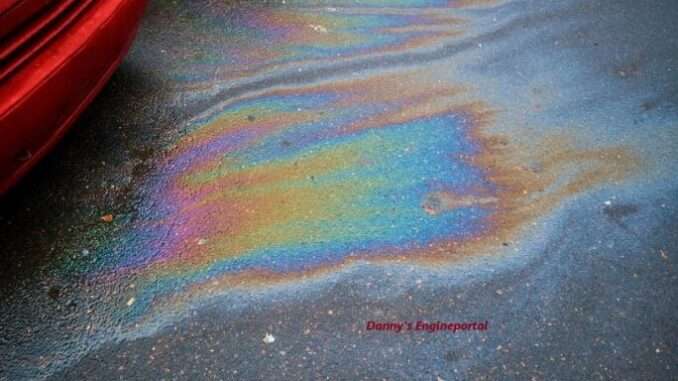
If you start to smell fuel, have it fixed. Because, if the leak is near the Engine or Exhaust, it could result in a fire. This is why many car owners, carry a car fire extinguisher in their trunk, along with a first aid kit.
Consequently, the fuel liquid is not the danger, the danger is the fumes. Because, liquid fuel does not burn, the fumes are what catch fire.
You Could Also Set Off Codes. P0093 Fuel System Large Leak Detected
Potential causes for this Diagnostic Trouble Code (DTC) include:
- Fuel Injector Failure
- A Fuel line common rail leak
- Fuel pressure sensor failure
- A Fuel pump or lift pump failure
- Fuel heater constantly on
- Fuel temperature sensor failure
- Leaks at any point in the high pressure circuit
- Electrical connector corrosion or seating problems
- Fuel Pressure Regulator failure
- Fuel filter plugged dropping the fuel line volume
- Injector pump leak
- Fuel control actuator failure
- Cascade overflow valve failure
- Short in the electrical harness at the injectors or to the Electronic Control Module (ECM)
- Fuel pressure limiting valve Electronic Control Module (ECM) failure
Fuel Injector leak
It’s rare to see, a Fuel Injector leak. Consequently, the most common cause of the fuel leak, is the injector rubber O-ring or seal. Each injector has a rubber seal, at the bottom and has an O-ring at the top. These O-rings and seals dry out and eventually crack. Once the O-ring or seal cracks, the fix is just a matter of, replacing the damaged seal or O-ring. There is no need to replace the injector, if it is still working properly.
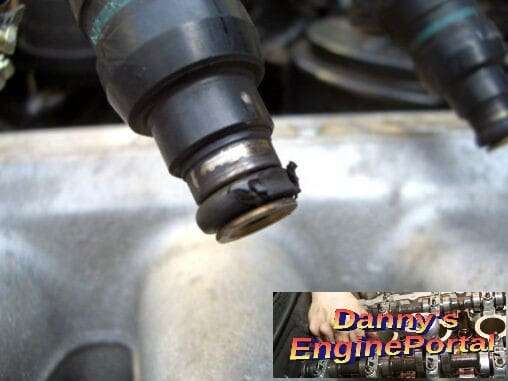
If you have an injector seal or O-ring leaking, because of old age, just replace all the O-rings and seals. But, if the fuel leak was caused by improper installation of an injector, replace the damaged O-ring or seal.
When you suspect you have a fuel injector leaking, open your hood and inspect the fuel rail. Have the engine running and take a look if you have a fuel leak, you will definitely Smell It. And, it will be wet with fuel, around the injector that has the problem.
Fuel Tank Leak
I would have to say that a Fuel Tank leak, is probably the most common leak of all. Also, there are many reasons for a fuel tank to leak. Including, a rotted or punctured tank. If a fuel tank has a leak, it will usually leave a spot on the ground, where you parked. This is a potential danger, because people who smoke cigarettes like to throw them out the car window. Consequently, this could potentially, ignite the fuel leaking from the tank.
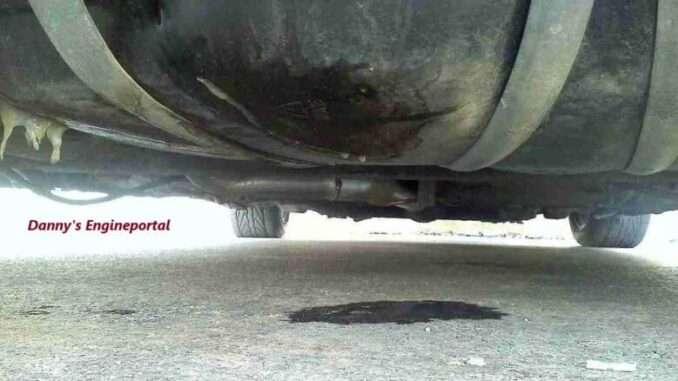
It’s usually pretty easy to identify, if a fuel tank is leaking. Just crawl under the vehicle, and look for wet spots or stains on the fuel tank. Sometime a fuel tank will leak at the top. Because, moisture and debris, get trapped on the top of the tank and it rarely dries out. This causes the tank to rot and eventually leak. If you have a fuel tank that is leaking, it’s best to completely repair it or replace it.
So, you may not think you could have a fuel smell in the car. Because, it’s coming from the fuel tank. But, the fumes travel under the vehicle and enter every crack and crevice. And, if your fan is on, inside your vehicle, the fumes will be sucked in from the fresh air intake. And, will cause a potent fuel smell.
Fuel Line Leak
Fuel lines travel under the vehicle, from the fuel tank to the engine. It is very common to have a crushed or rotted fuel line. Because, there is not much protection, from road debris and the elements. There are also rubber fuel lines that could potentially, leak from old age.
Any vehicle that has, fuel injection, will have high pressure in the fuel lines. Consequently, fuel pressures can run anywhere from 35 psi to 60 psi. So, if there happens to be a weak line or fitting, fuel will spray out of the line. Therefore, causing a mist or a vapor, which is extremely dangerous, especially if near the exhaust or engine.
If the fuel line is spraying a mist, the fuel smell in car will be extremely pungent. And, could cause nausea or headaches. Furthermore, breathing fuel smells, is not good for your health and is very damaging to the brain.
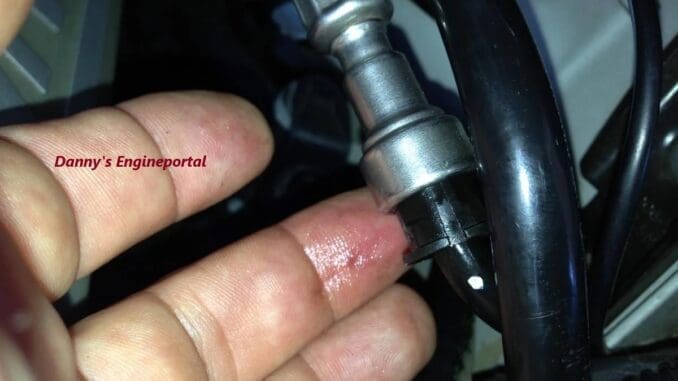
If you think you have a fuel line leak, follow the fuel line from the tank to the engine. Also, if the vehicle is fuel injected, the line will probably be leaking and will be easy to find. Having a professional repair the fuel line, is a good idea. Finally, if you have any other problems, the mechanic will be responsible for repairing it.
Faulty Charcoal Canister
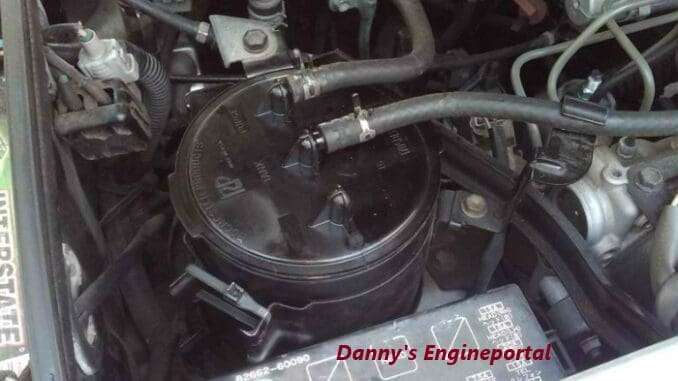
If the Charcoal Canister has a crack in it or is leaking through a faulty vent or seal. The result will be, a Fuel Smell and possibly a Check Engine Light (CEL) and Diagnostic Trouble Code (DTC). Older vehicles had the charcoal canister located, near the front of the vehicle, often in the engine compartment. Since the mid 2000’s, car manufactures locate them, closer to the fuel tank. But, with a plethora of other emission control devices.
If the charcoal canister did have a problem, the Check Engine Light (CEL) would illuminate and set a Diagnostic Trouble Code (DTC).
Above all, have the codes checked, if the Check Engine Light (CEL) is on.. Because, it will usually point you in the right direction, on what’s causing the problem.
Missing or Damaged Fuel Cap
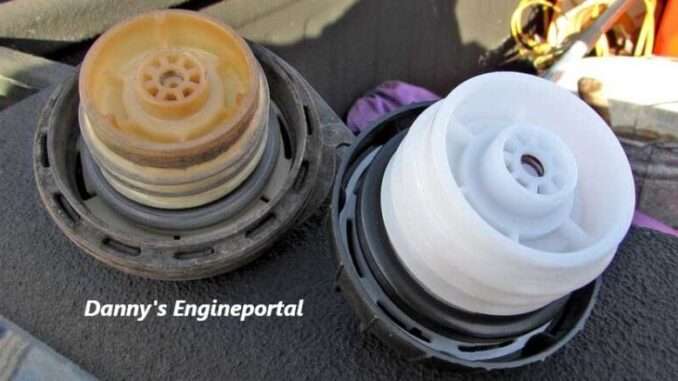
Your vehicle performs a self test, to check for leaks in the fuel system. If the Test is performed and does not pass, the Check Engine Light (CEL) will illuminate and set a Diagnostic Trouble Code (DTC).
Smell Fuel In Car When Using Fan
There is one way to temporarily stop fumes, from entering the vehicle, when using the fan. You can use the recirculation button on the climate control. Because, which will recirculate the cabin air and stop the air, from being drawn in from outside.
I don’t recommend using this function, for long periods of time. Because, it will eventually cause, the windows to fog. Using the Air Conditioner, while in recirculation mode, should prevent fogging.
Conclusion
So, always remember, it really doesn’t matter, what is causing the fuel smell in your car. You just need to have it fixed, as soon as you start to smell fuel. Drive Safe !
BY DANNY BENDER
